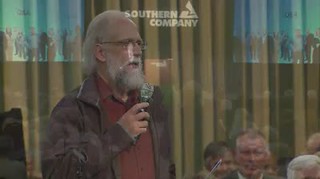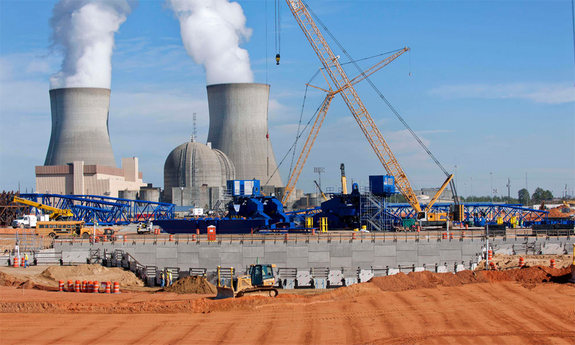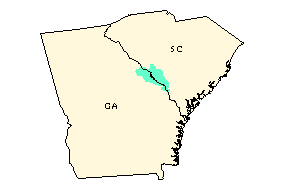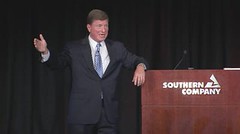GSEA PR of yesterday about Georgia Power’s attempt to tax rooftop solar generators. Proposed Solar Tariff Unfair and Damaging to Solar Growth in Georgia,
Atlanta, GA — The Georgia Solar Energy Association Chairman Mark Bell said today that the tariff on solar installations proposed in the Georgia Power rate request now under consideration by the Public Service Commission is unfair to solar customers.
The tariff, which will add roughly $22 a month to residential solar customers’ bills beginning in 2014, will have a significant “chilling effect” on the robust growth of solar development now under way in Georgia. Solar investment currently is providing jobs and new infrastructure throughout the state, including its rural areas where economic investment is badly needed. Solar energy is making Georgia farms more cost-effective and productive, and high-demand manufacturing more efficient.
“This proposal penalizes solar at the exclusion of other energy saving methods, which Georgia Power supports. Georgia Power has traditionally Continue reading














